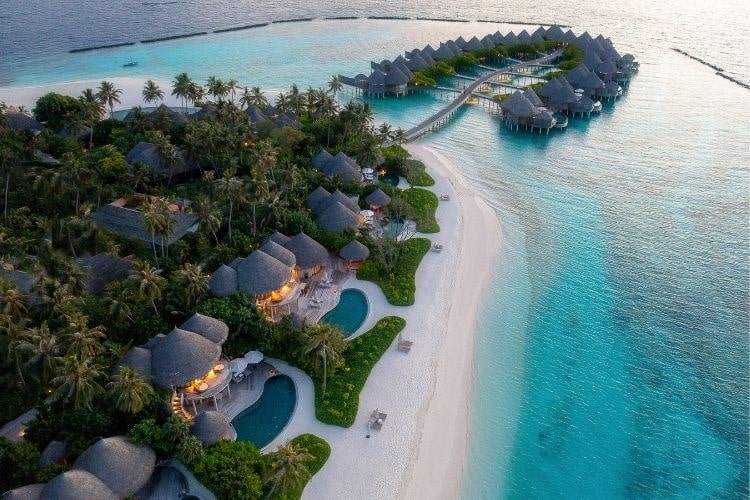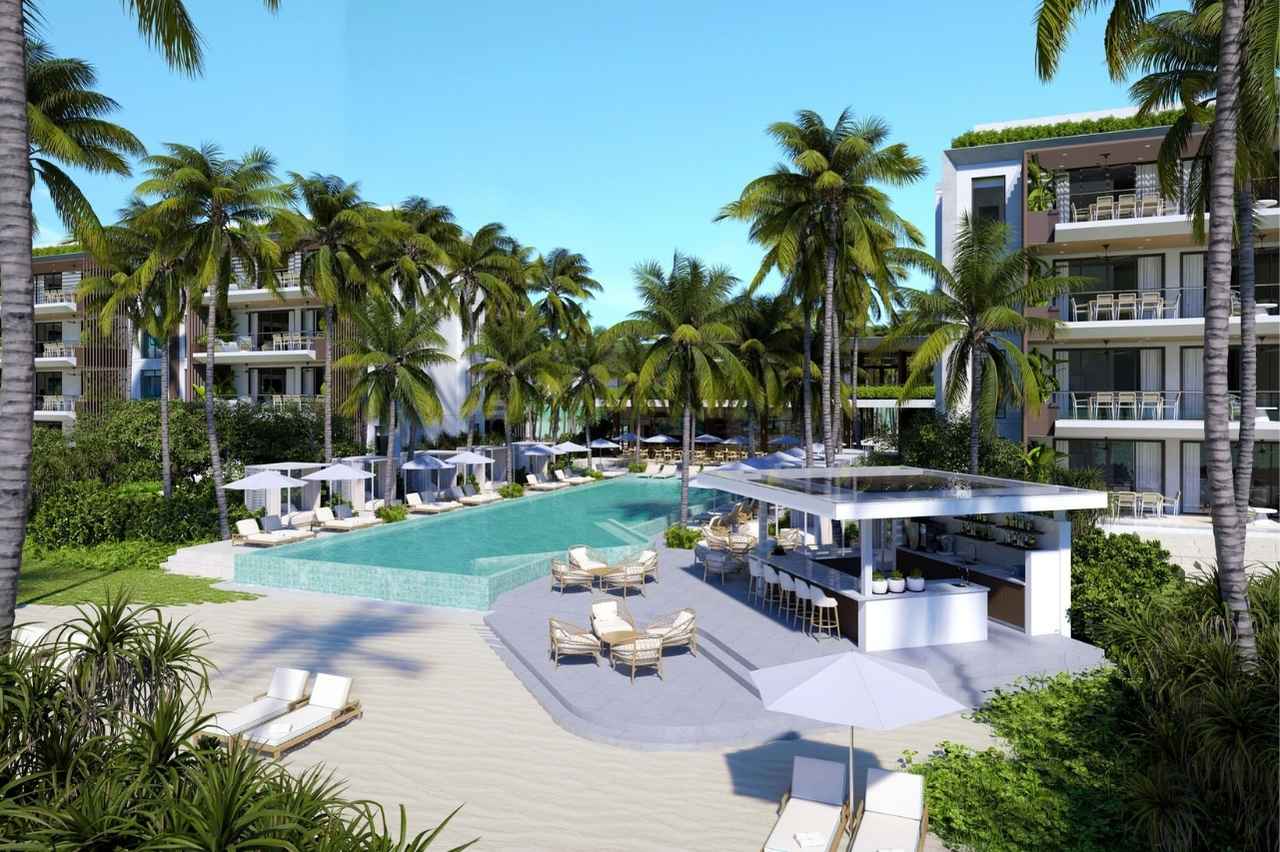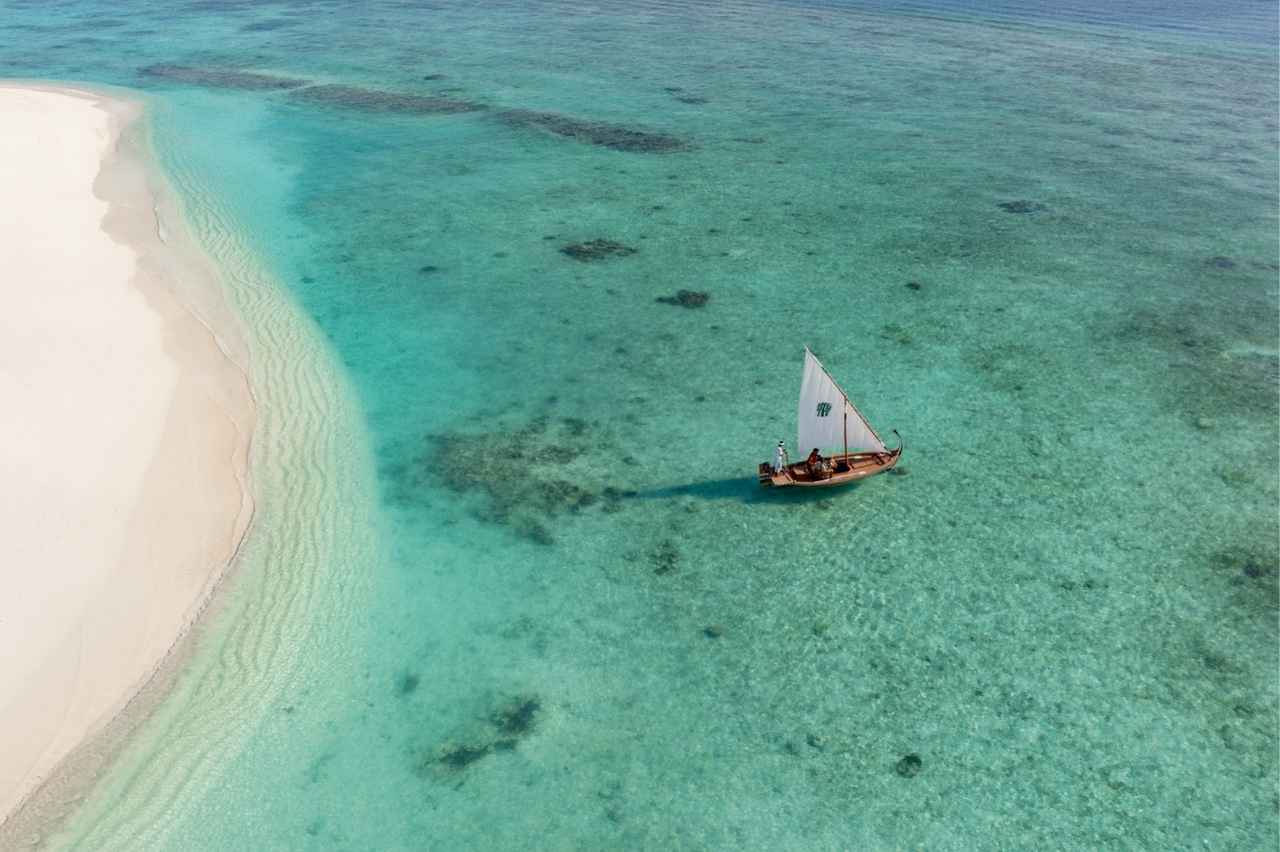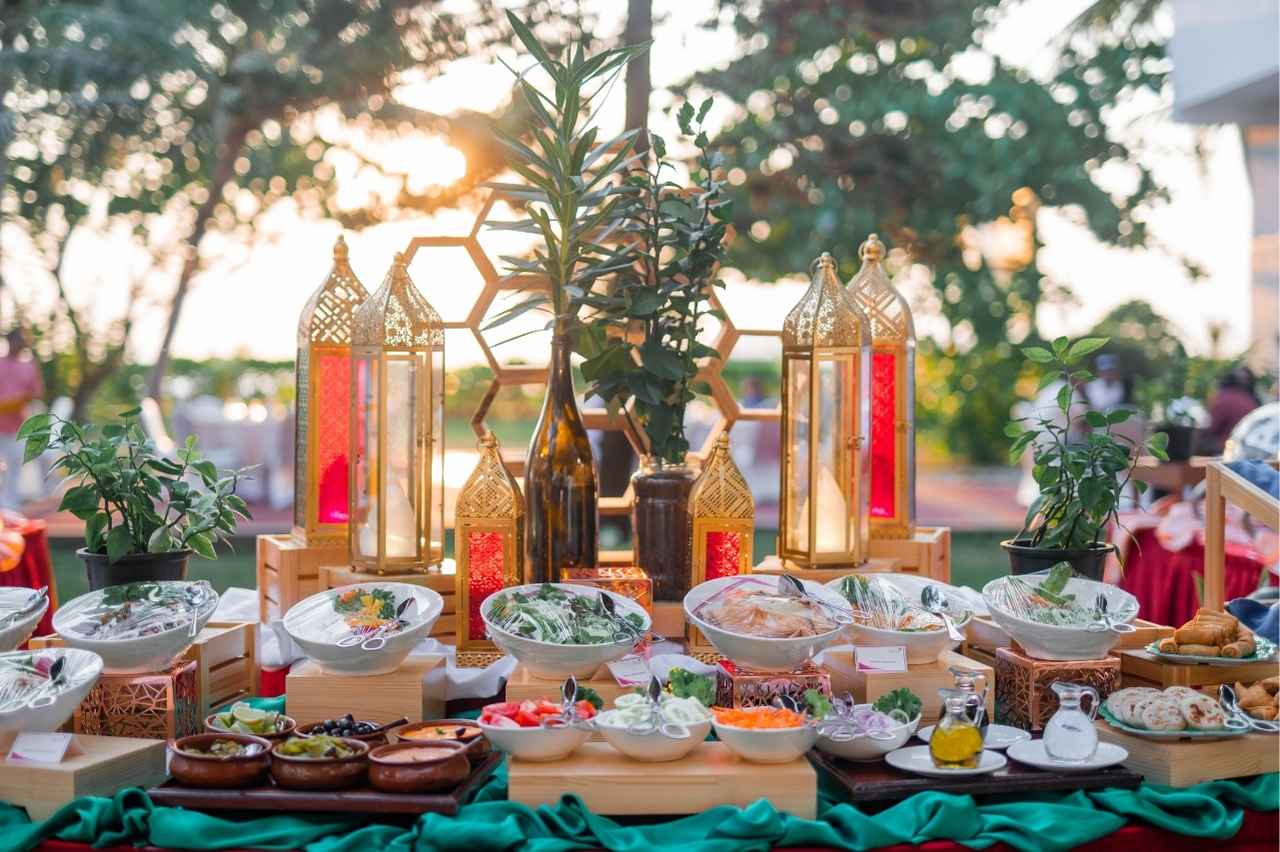Luxury bohemian hideaway The Nautilus Maldives has been recognised amongst the best resorts in the Indian Ocean in the Condé Nast Traveler Readers’ Choice Awards 2021.
The Condé Nast Traveler Readers’ Choice Awards are the longest-running and most prestigious accolades in the travel industry.
It is with deep gratitude that we receive this honour and recognition from our beloved guests. To be ranked among the world’s best resorts in the Indian Ocean brings us great joy and a sense of meaning. I also wish to thank The Nautilus family, who strives wholeheartedly, each and every day, to enable our guests to experience the absolute freedom to create a world of their own making, whilst they are in the Maldives.
Mohamed Ashraf, General Manager of The Nautilus
Enjoying a remote setting in the stunning UNESCO Biosphere Reserve of the Baa Atoll, The Nautilus is a tropical haven of just 26 exceptionally spacious houses and residences, each with its own temperature-controlled freshwater infinity pool and extensive private deck, and attended to by a dedicated HouseMaster offering full butler services. The Nautilus epitomises spacious seclusion and sublime service, with consciously discreet interaction from the moment guests step off the plane at Velana International Airport and into the care of the island’s exclusive, ultra-smooth and queue-free VIP arrival and transfer service.
The only Relais & Châteaux member resort in the Maldives, The Nautilus is the realisation of a vision of life unbound, a place of liberation and unscripted luxury, where guests are free to do – and be – as they please. Casting off the anchor of inflexibility and rejecting the tyranny of timetables, The Nautilus liberates guests to enjoy a private island experience beyond the humdrum, clock-watching constraints of opening hours and set menus.
Conceptualised by a Maldivian hospitality icon and visionary entrepreneur who was instrumental in creating many award-winning resorts, The Nautilus is the result of his lifetime’s worth of expertise and represents what ultra-luxury should be – not just in the Maldives, but worldwide. The legacy of this visionary entrepreneurship is now carried forward by the next generation of the family.
The Nautilus’s already thorough cleaning and hygiene protocols have been further reinforced in line with public health guidelines issued by the WHO and local government authorities, and the team has been fully trained and informed of the new procedures. The resort offers Covid-19 PCR testing onsite for guest convenience, with results returned within 24 hours. This makes The Nautilus the ideal choice for a private Indian Ocean escape. This holiday season, travellers are invited to create a world of their own making at The Nautilus.








